All Stories
-
 Animals
AnimalsHow some superblack fish disappear into the darkness of the deep sea
Some fish that live in the ocean’s depths are superblack as a result of a special layer of light-absorbing structures in the skin.
-
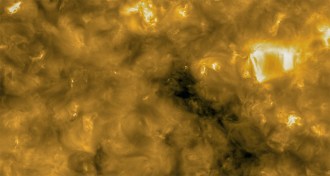 Astronomy
AstronomyThe closest images of the sun ever taken reveal ‘campfire’ flares
The first images from Solar Orbiter, a NASA-European Space Agency spacecraft, show tiny, never-before-seen flares across the sun’s surface.
-
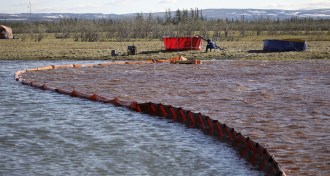 Climate
ClimateClimate change made Siberia’s heat wave at least 600 times more likely
Siberia’s six-month heat wave during the first half of 2020 would not have happened without human-caused climate change, researchers find.
-
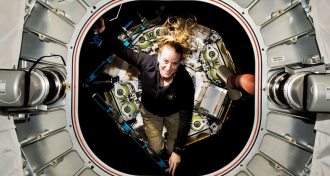 Space
SpaceWhat will astronauts need to survive the dangerous journey to Mars?
Going to Mars, astronauts will need protections from microgravity and radiation, plus miniature medical devices to diagnose problems and help handle emergencies.
-
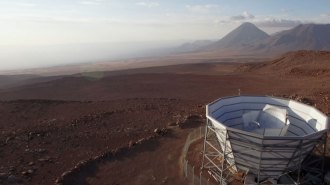 Cosmology
CosmologyDespite a new measurement, the debate over the universe’s expansion rages on
The Atacama Cosmology Telescope finds the universe is expanding more slowly than supernova observations suggest.
-
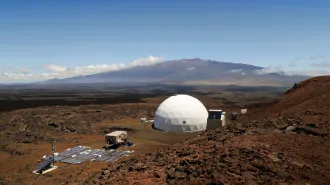 Space
SpaceTwo new books explore Mars — and what it means to be human
‘Once Upon a Time I Lived on Mars’ and ‘The Sirens of Mars’ are surprisingly apt reads during the pandemic.
-
 Humans
HumansCompetitive hot dog eaters may be nearing humans’ max eating speed
Just how many hot dogs can one human eat in 10 minutes? New research suggests the answer is 83.
-
 Earth
EarthAgriculture and fossil fuels are driving record-high methane emissions
Releases of the heat-trapping gas methane from human activities have ramped up in the 21st century, especially in Africa and Asia.
-
 Animals
AnimalsThe ‘ratpocalypse’ isn’t nigh, according to service call data
A new study shows that rat-related reports in New York City went down during COVID-19 lockdowns compared with previous years during March and April.
-
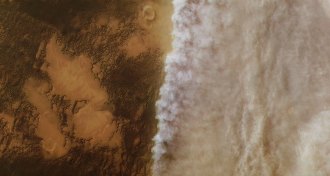 Planetary Science
Planetary ScienceHow upcoming missions to Mars will help predict its wild dust storms
Predicting the weather on Mars is essential for landing and keeping rovers — or astronauts — safe on the surface. The next Mars missions will give forecasts a boost.
-
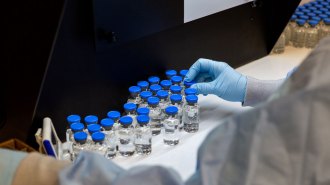 Health & Medicine
Health & MedicineRemdesivir may work even better against COVID-19 than we thought
Gilead Sciences says remdesivir cuts the chances of dying from the coronavirus, and data show the drug can curb the virus’s growth in cells and mice.
-
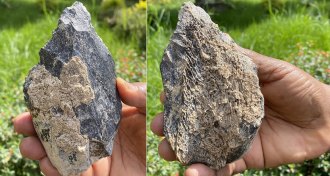 Archaeology
ArchaeologyThis 1.4-million-year-old hand ax adds to Homo erectus’ known toolkit
A newly described East African find, among the oldest bone tools found, shows the ancient hominids crafted a range of simple and more complex tools.
By Bruce Bower